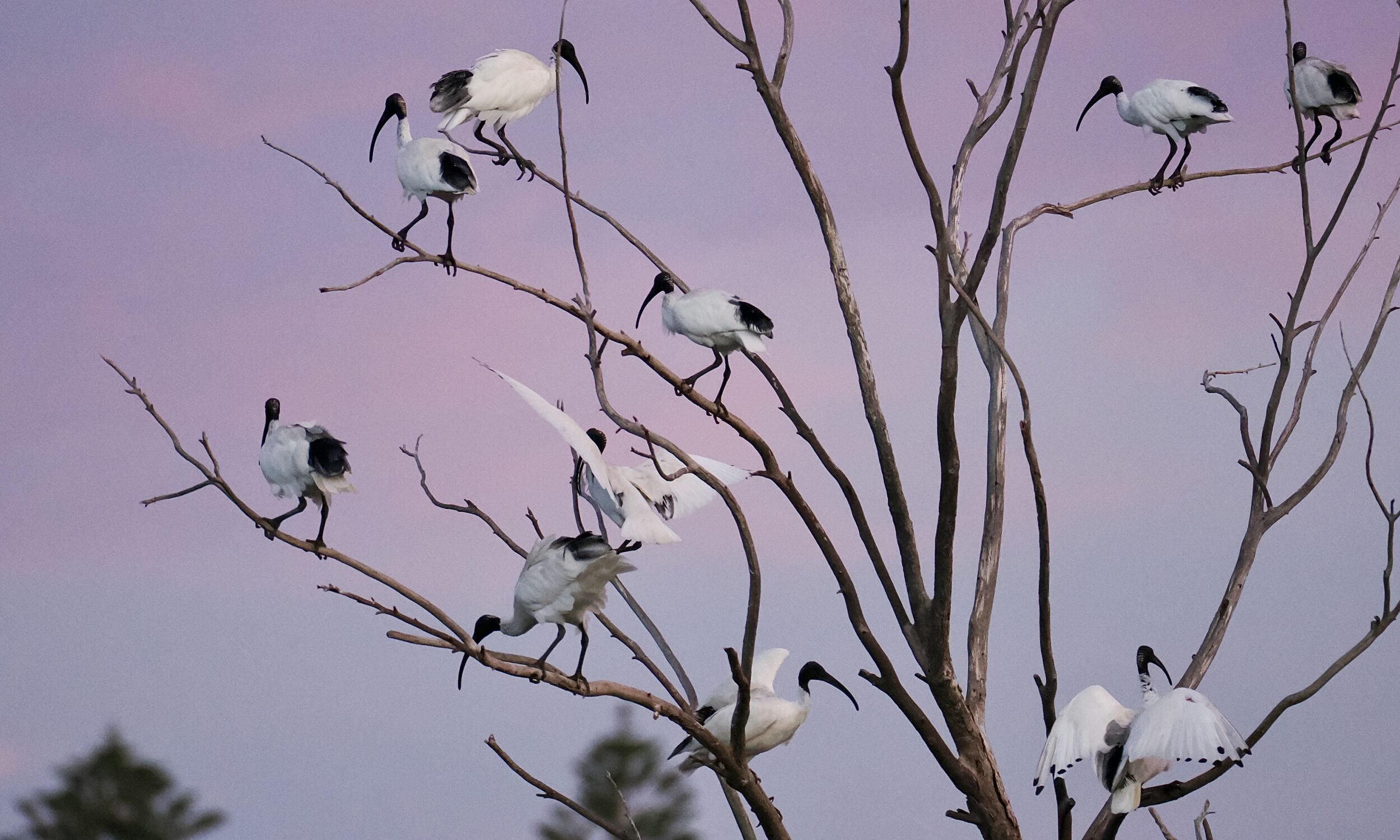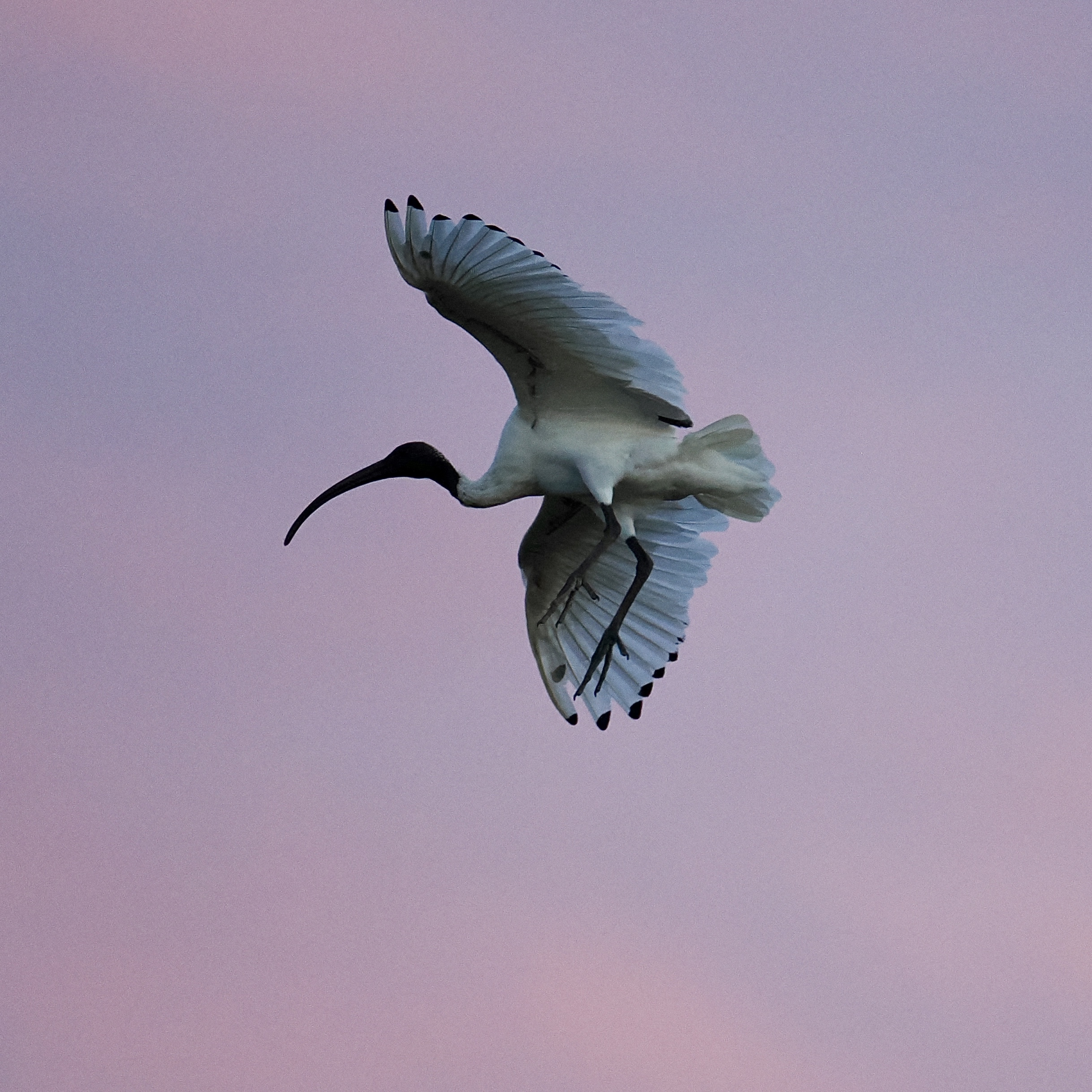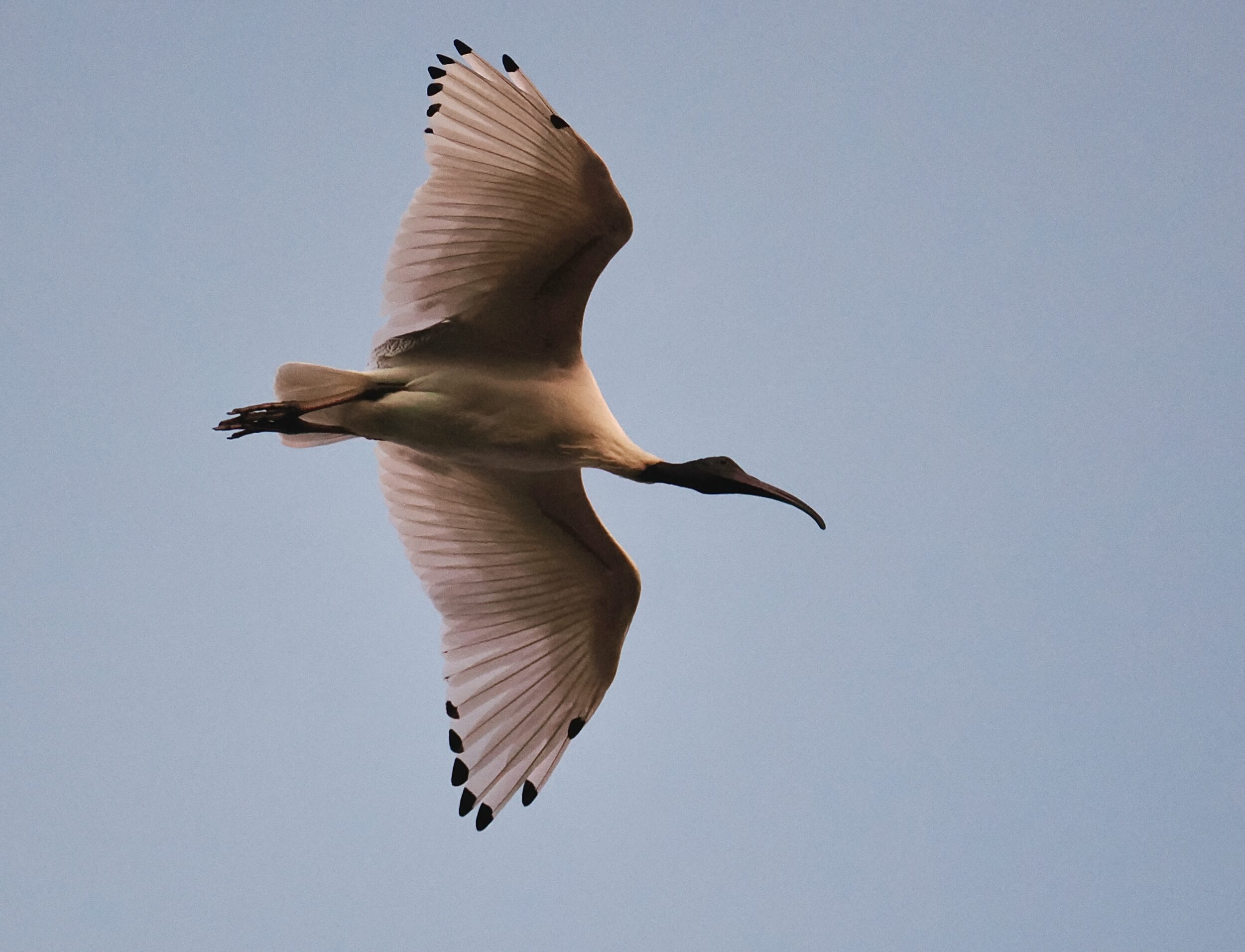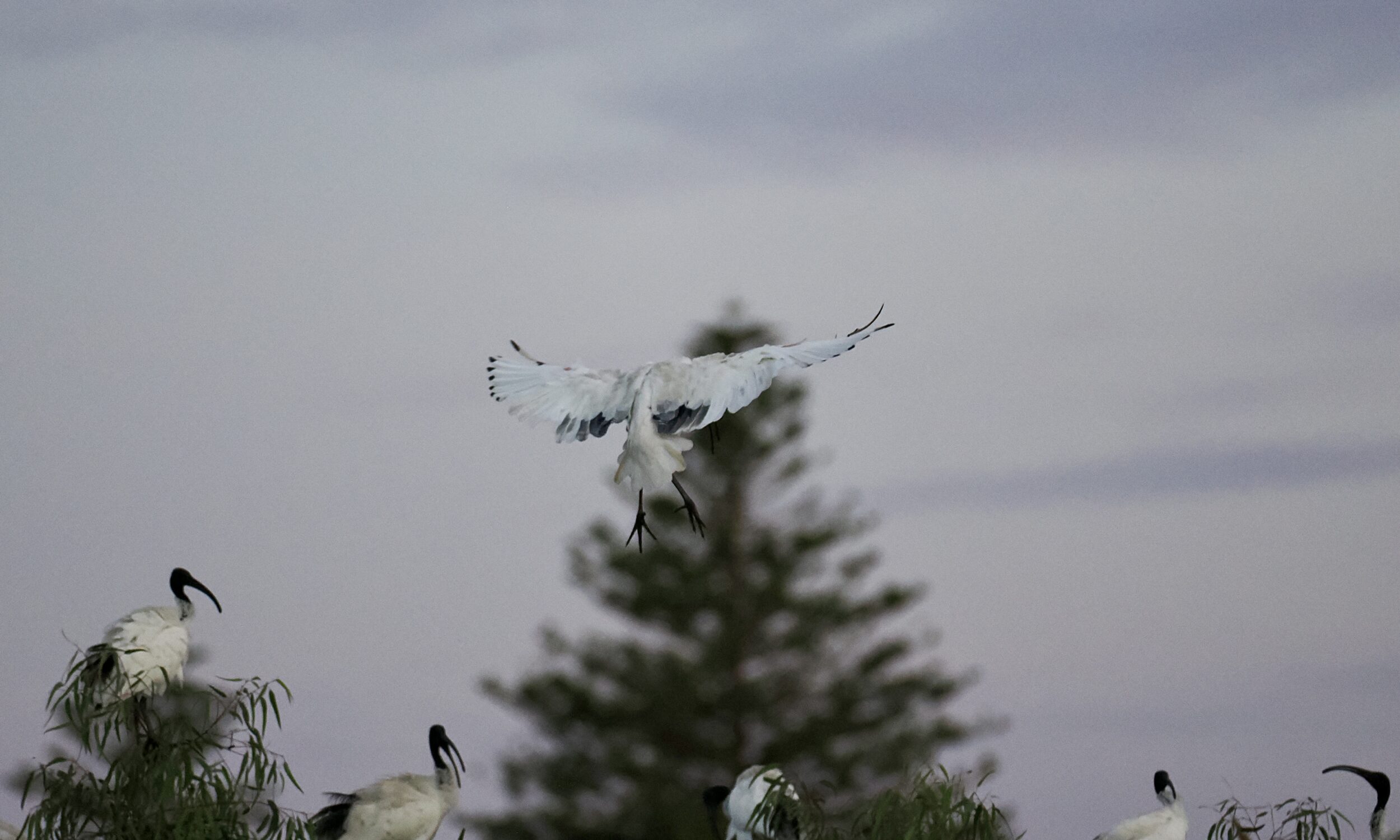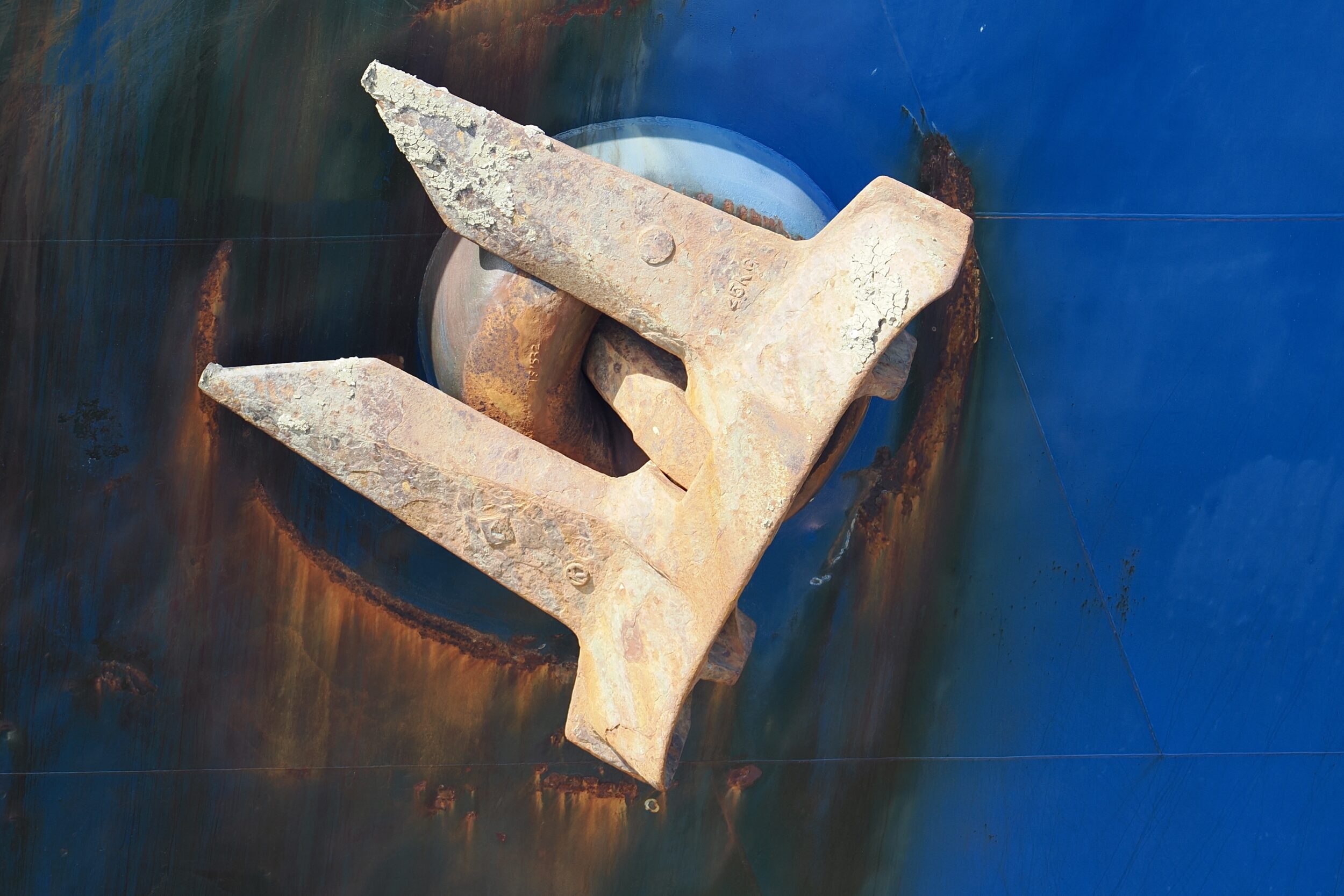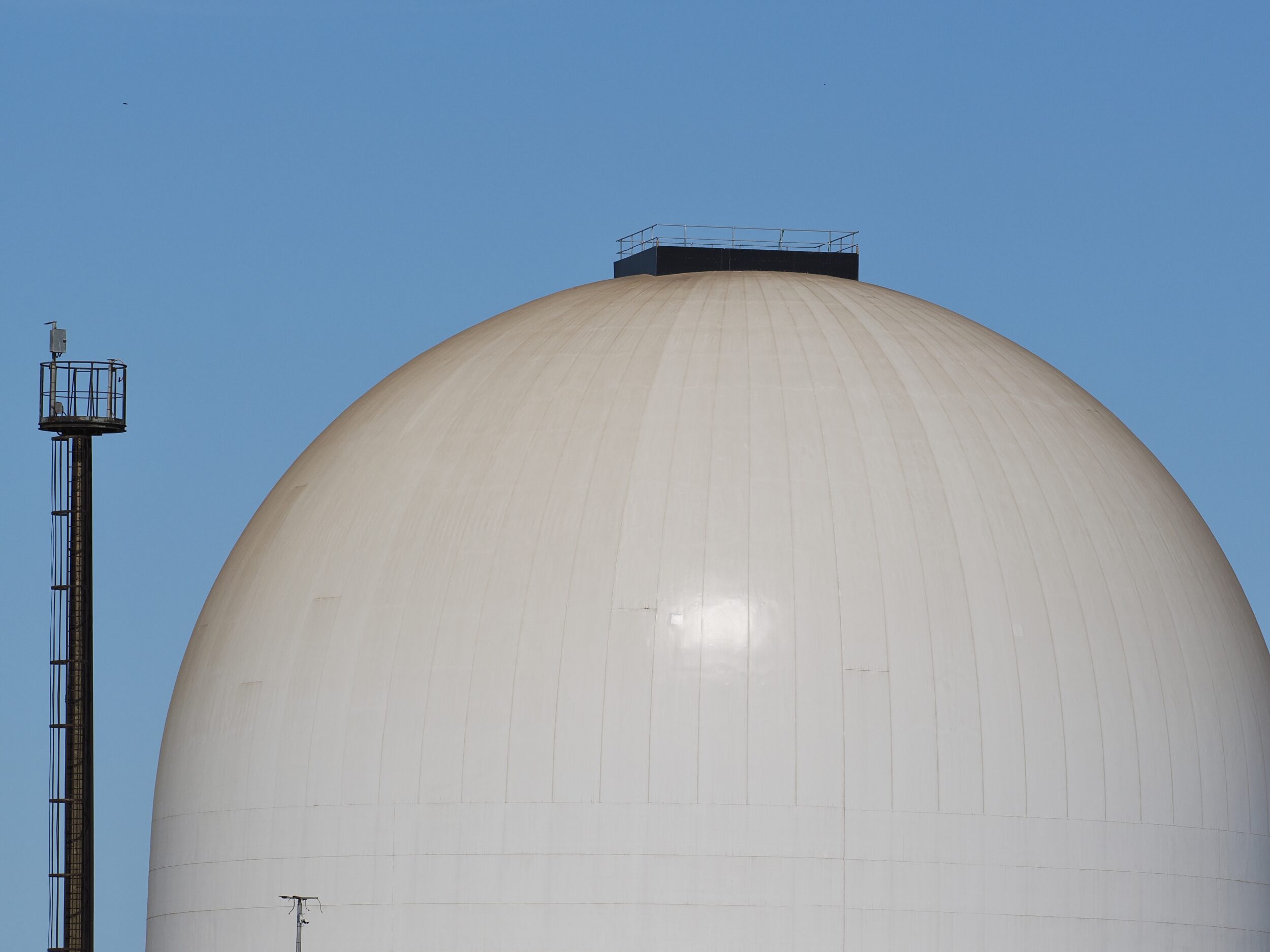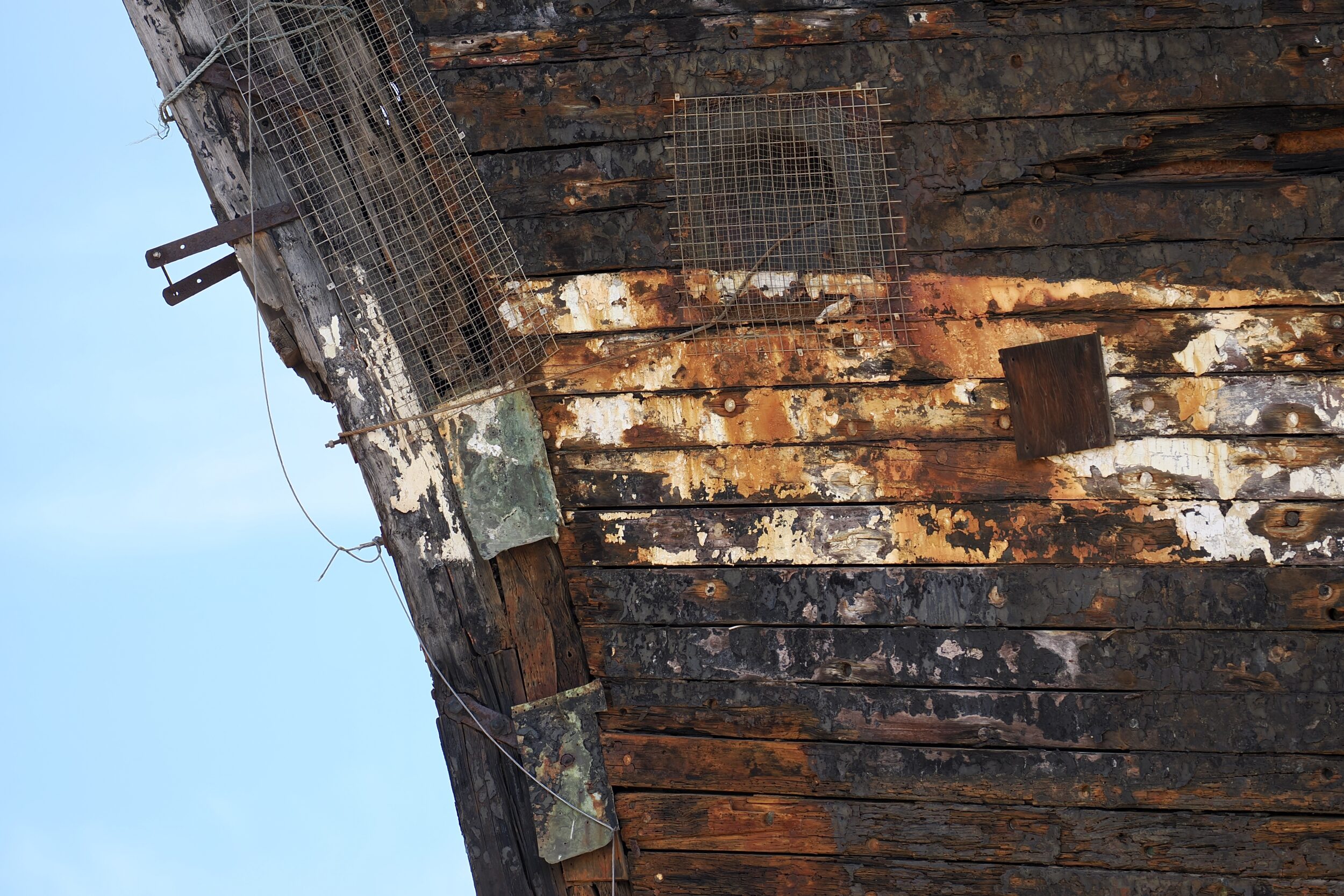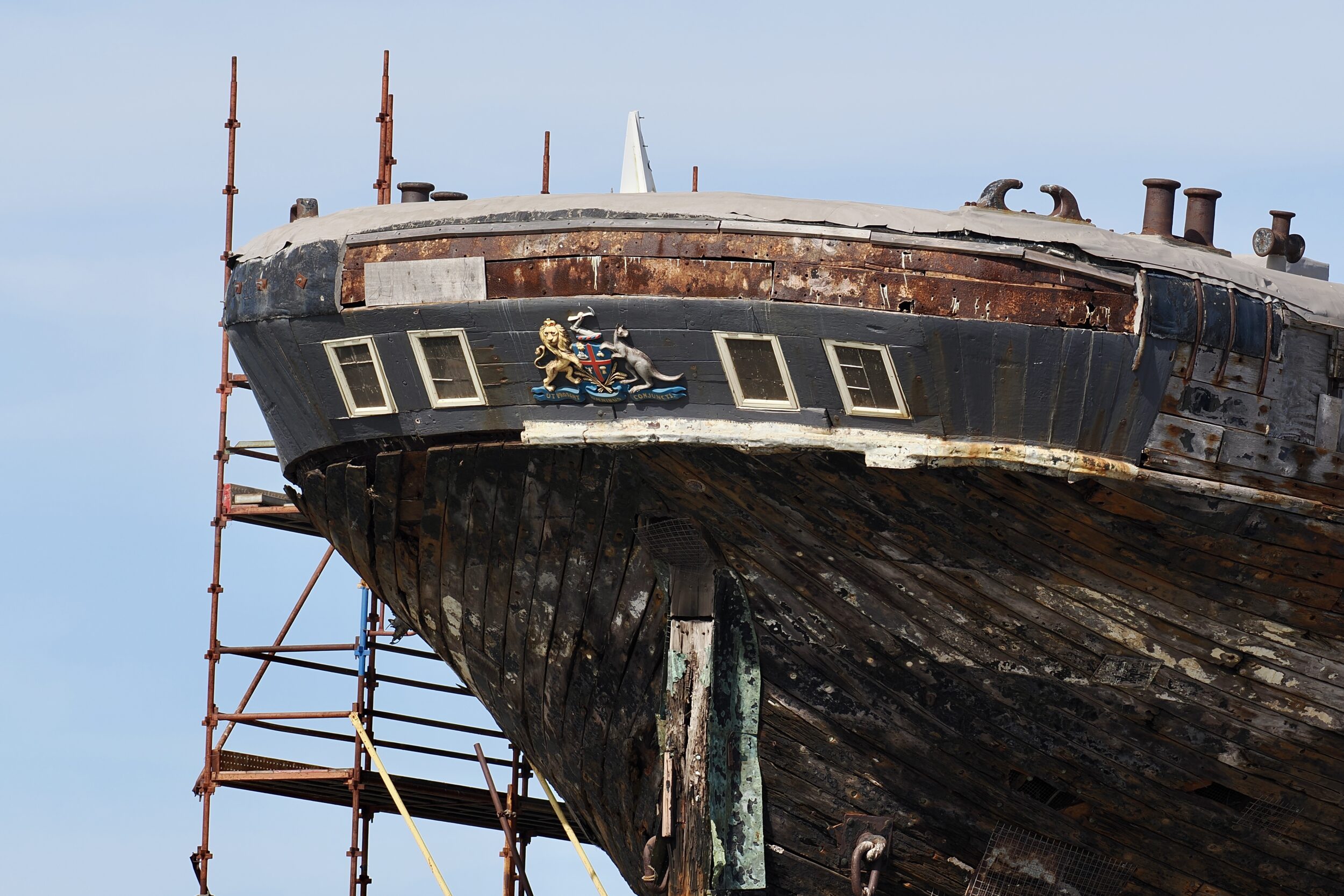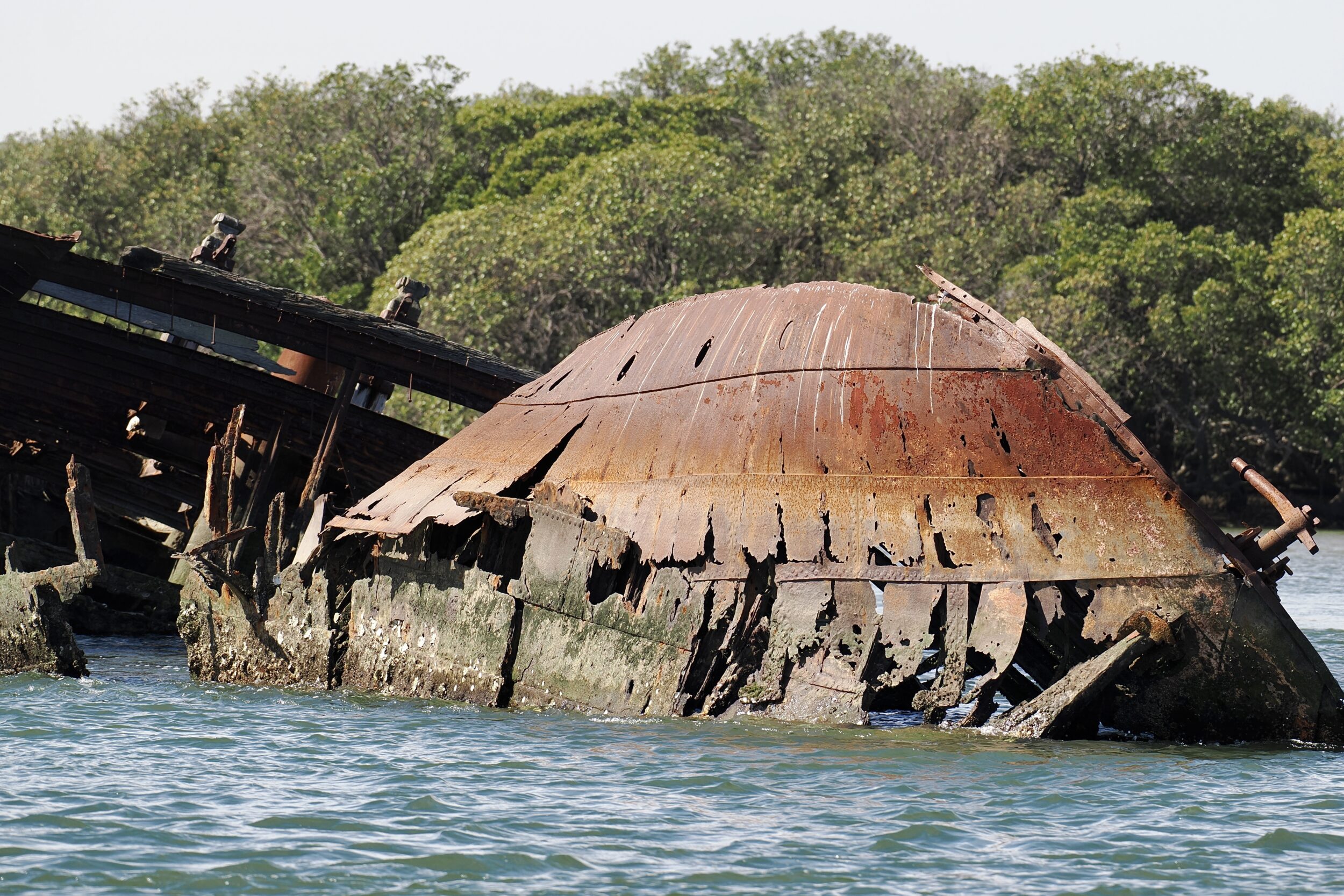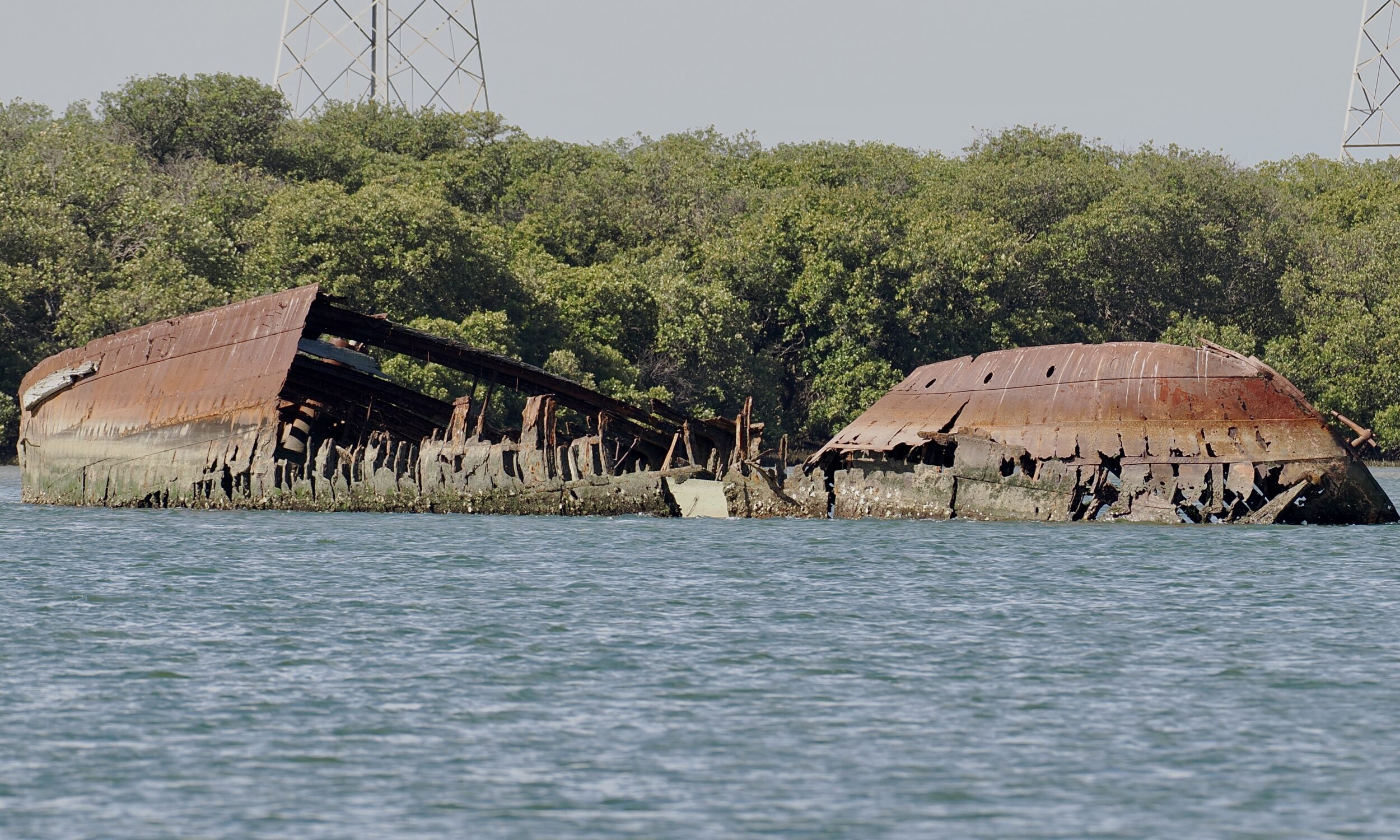This post’s photo was taken just after sunset, less than two minutes after the previous post’s.
If I had pointed my camera at the pictured branches a few minutes earlier, they would have been “empty”, and most of the pictured birds would not yet even have flown into our field of view.
Comments closed